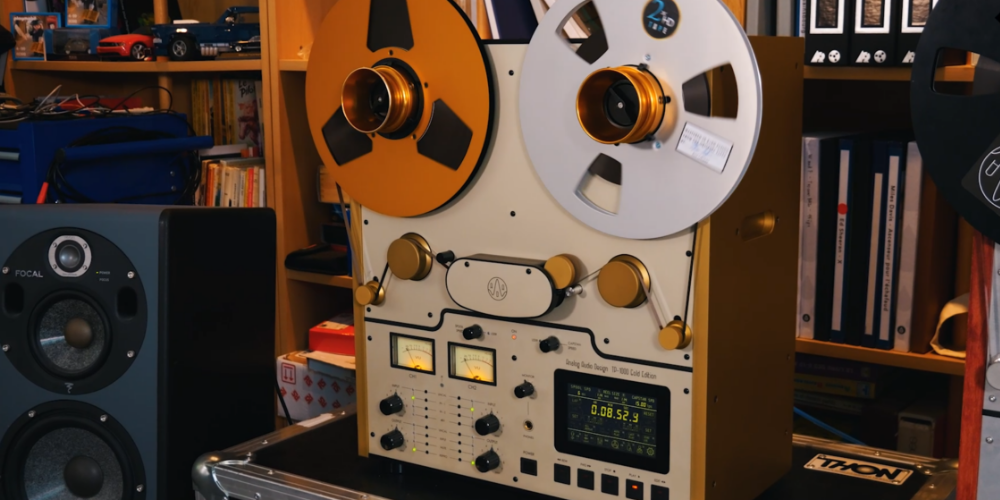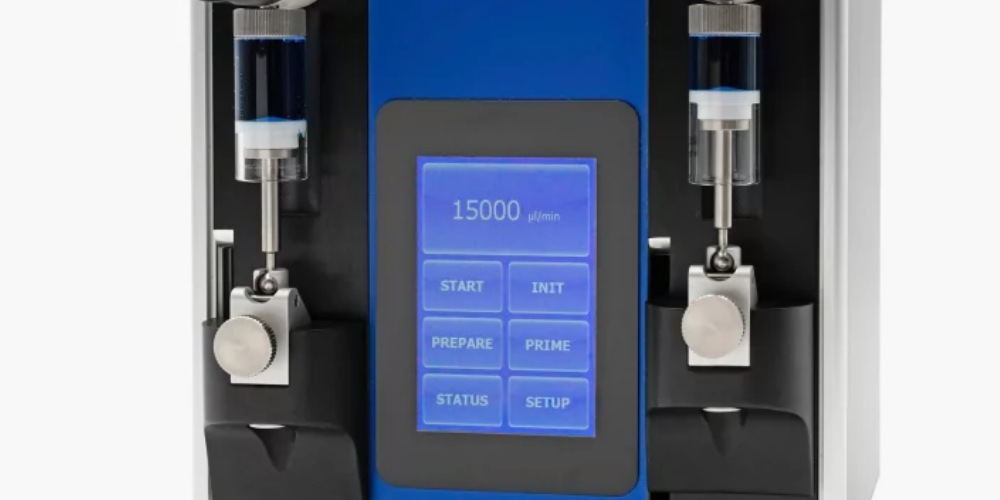
Idea
Tiago Rebelo is the Director of the Product & Service Development Unit at CEiiA, the Centre of Engineering and Product Development that designs, develops and implements high-tech solutions to push innovation in aeronautics, urban mobility, naval/offshore and automotive sectors.
Prior to COVID-19, he nor CEiiA had ever developed a ventilator before.
In response to the confronting reality that there were not nearly enough lifesaving ventilator machines to go around, the Portuguese company was determined to increase the supply of ventilators to help people survive coronavirus.
Racing against time, CEiiA needed to produce a new product faster than they had ever previously. It needed to be low-cost, easy to assemble and most importantly, locally produced in Portugal in order to meet the immediate & overwhelming demand of its citizens.
From this idea, The Atena – an Invasive Medical Ventilator was born, a medical device to provide mechanical invasive ventilation to patients, increasing their likelihood of survivability to COVID-19.
Solution Design
Product development involved a dedicated workforce of engineers, doctors, researchers and other companies collaborating together – in isolation – working day & night – to prototype, test and develop a final device that was commercial-grade, yet easy to assemble and low-cost.
Among the many features of most ventilators on the market is the touch-screen user-interface which provides important information about the patient which doctors can interact with.
CEiiA’s engineers had previously worked with 4D Systems’ embedded displays and one display was already available at their production facility for use in prototyping. This was the gen4-uLCD-70DT Intelligent Display Module with Resistive-Touch and was ultimately used as the Atena’s primary user interface.
“We required the graphic display to be intuitive, easy to program, feature-rich and most importantly, reliable for the project. The gen4-uLCD-70DT met all of these conditions and we programmed it using the 4D WORKSHOP4 PRO IDE and Visi Genie environment,” said Mr. Rebelo.
“As the project advanced, so did our requirements for the User Interface and the App Notes within the community forum together with the DIABLO16 processor datasheet provided all of the information we needed,” Mr. Rebelo continued.
The use of the display helped accelerate the prototype’s testing & validation phase by proving the correct functioning of every ventilation mode.

Image: “The Atena – an Invasive Medical Ventilator”

Image: A close-up of the graphic user interface on the The Atena, utilizing the gen4-uLCD-70DT.
Outcome
The incredible outcome of the Atena project was that it resulted in human lives saved. The different between life & death from coronavirus is a ventilator. What CEiiA was able to achieve within a short window to time meant many individuals and their families were helped during deeply difficult times.
Within just 45 days, CEiiA had produced a Medical Invasive Ventilator, featured in the CEiiA-produced video below. The first ventilators are being supplied to local and national hospitals and medical centers in Portugal.
The market for the Atena is an international one, with countries such as Brazil ordering the Atena.
Not only did CEiiA succeed in rapidly developing a device to fight COVID-19, but it also succeeded in developing a model that can compete with modern ventilators in the market – including having an attractive touchscreen user Interface that is a pleasure to work with.
Congratulations Tiago Rebelo, the CeiiA team and everyone involved for your outstanding contribution to humanity.
Table of contents
Subscribe to our newsletter
Latest Case Studies

This case study unveils a practical application of embedded innovation, highlighting the process and outcomes of upgrading legacy systems in a technology-focused product line. Through strategic technological integration, the project not only uplifted product performance but also markedly improved customer satisfaction levels. The subsequent pages delve into various strategic and operational enhancements made, providing readers with a nuanced understanding of the concrete impacts and subtleties involved in a real-world, engineer-led embedded innovation initiative. A testament to blending traditional systems with modern innovation.

Duratec, specializing in liquid handling devices for various industries, aimed to simplify the control interfaces of their new product line. Partnering with 4D Systems, they integrated a touch display module enhancing user-centricity and operational efficiency. This transition replaced outdated control panels with an intuitive, modern interface without compromising on control capabilities via the RS232 interface. Three new devices were launched, improving user interactions through user-friendly touch displays, showcasing Duratec's commitment to innovation. This collaboration allowed for more straightforward control, monitoring, and interaction with Duratec's devices, ensuring a better user experience and meeting industry demands.

In the challenging process of creating an advanced 3D printer, BCN3D encountered an unexpected difficulty: finding an appropriate, user-friendly display module. Despite initial struggles, BCN3D discovered the solution in 4D Systems’ gen4 display modules. These modules offered superior resolution, processing power, and flexibility. Key to BCN3D's decision was the modules' easy integration via a serial connection and the Arduino-compatible library into their firmware. For its Sigma R17 3D printer, BCN3D upgraded to the gen4-ULCD-35DCT-CLB, a 3.5-inch Intelligent TFT-LCD display module with capacitive touch, further enhancing the user experience. The gen4 series of intelligent display modules perfectly matched BCN3D's requirements, offering innovative solutions in the sophisticated 3D printing space.

